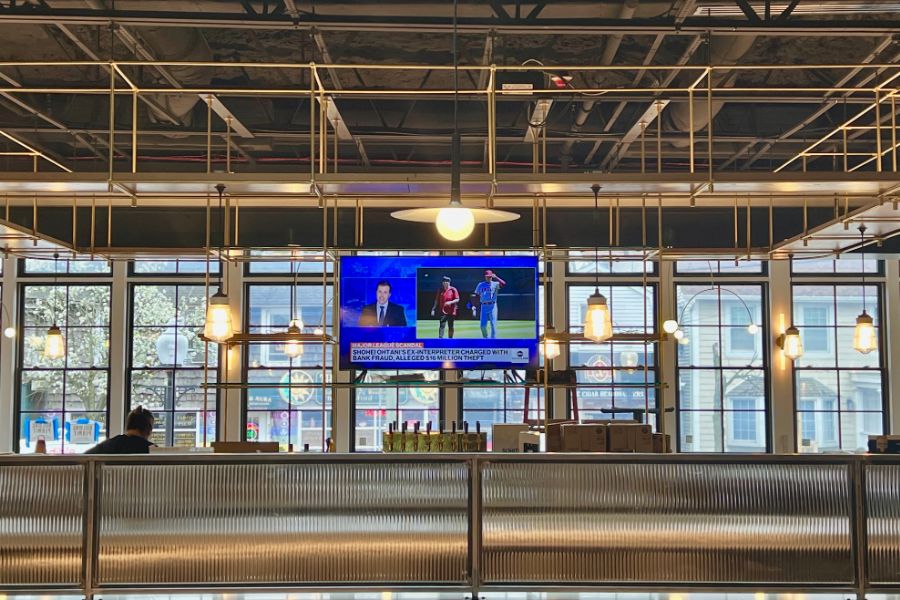
Greater Babylon coverage is funded in part by The Argyle Theatre, where Broadway comes to Babylon. Click here for tickets to ‘A Bronx Tale,’ performing April 25 to June 16.
We as Americans have long prided ourselves, collectively, on our independent spirit of secession.
Just look to the monuments we so revere.
For the U.S., think of Independence Hall Pennsylvania.
For Nassau County, the district court building in Mineola became a monument of secession from Queens County.
advertisement
Locally, Babylon’s monument of secession from Huntington Town is the South Side Signal Building of 73 West Main Street in the village.
These monuments become testaments to governments that are run by the people.
But what are the effects of losing one of these landmarks?
•••••
The South Side Signal newspaper building was built in 1869 under the direction of South Side Signal founder Henry Livingston.
Shortly after its construction, Livingston started publishing a storm of editorials in his paper that proposed dividing Huntington Town from modern day Babylon Town.
His argument was that the economic boom of South Shore communities was being held back by Huntington, which was increasing taxes to fund an expensive road project.
By early 1872, the editorials were successful in putting Babylon succession on the ballot — and it passed.
The success made the building and the paper became the cornerstone of local pride for generations to come. But now it’s slated for demolition.
•••••
Nearly 120 years after its construction, the property was acquired by local lawyer Kevin Brosnahan, who moved the building to its present location to protect it from the surrounding development.
But in June of 2015, Brosnahan died and his property went on the market for $425,000.
While on the market, the property was not winterized and pipes burst in the walls, creating considerable damage.
In a memo from the Babylon Building department the structure had; “framing timbers rotted, second floor has collapsed, and this building must be secured or demolished within ten days or the village will seek a court order to demolish the structure.”
After prospective sales fell through, Rogers Development Corp purchased the property for $525,000.
The original plan of the Rogers Corp was to disassemble the historic buildings on the property, reframe the supporting structures and reassemble them to their original historical character.
To recoup the money on its investment, Rogers Corp’s plan was to attempt to rezone the property for mixed use (residential and office/retail space).
So what happened?
“The problem with the village is that their permit process is too antiquated,” said a spokesperson from Rogers Development Corp in an interview. “We want to keep the historical character of the village but after a year and a half of trying to get the proper permits and exhausting every possible option we were successful in permits for only demolition”.
In a phone call following up with the permit process to the village building department, an official there stated:
“A building that maintains the same retail space or zoning will only require architectural review board approval. Renovating windows, changing the color of the outside, or door frames requires approval of the architectural review board.
“A building over 1,000 square feet retail space or any change to current zoning will require approval from planning and zoning board before a permit is given.”
Posting on the Village Facebook page, the mayor’s office wrote that Rogers Corp was rejected for the zoning change because its principal wanted the building to be rezoned for residential zoning and to raise the back of one of the buildings to three stories. The post further explained that the county, state and village attempted to reach a sales price with the Rogers Corp but negotiations resulted in a stalemate.
While there has been a battle over the permits, a house on the property originally built in 1826 was demolished. Demolition permits issued by the village expire within six months and South Side Signal Building’s demolition permit expires in July.
Reaching out to the mayor’s office for a comment, a spokesperson there said:
“It’s not over until it’s over.”

























